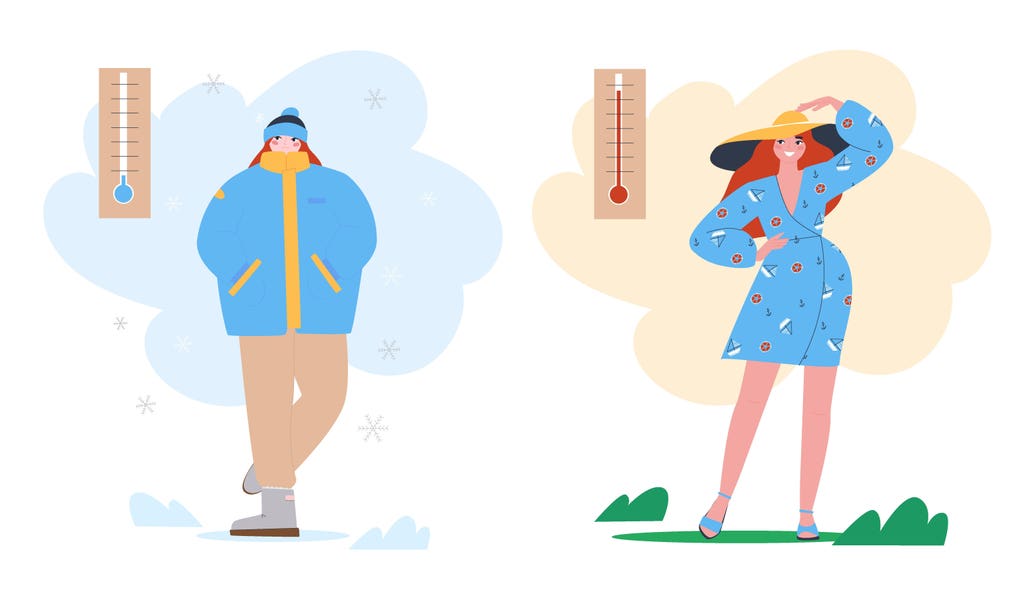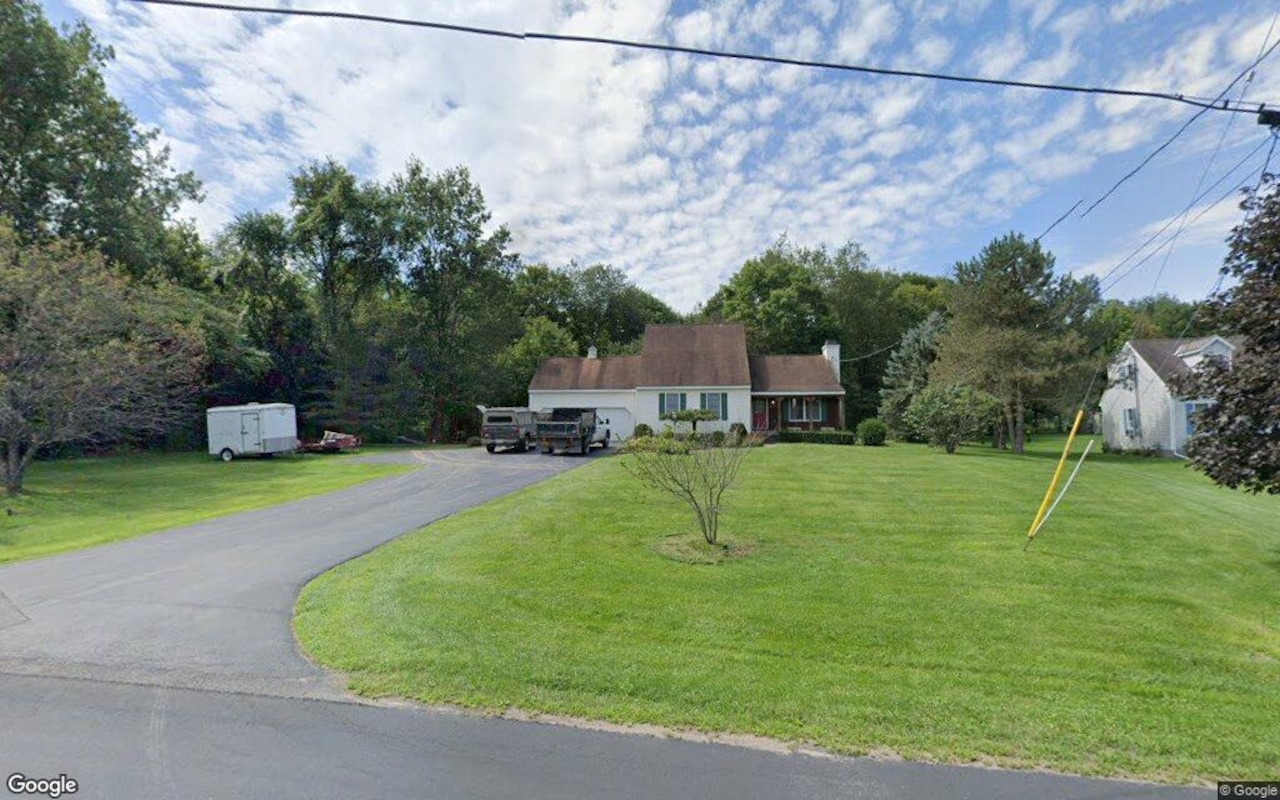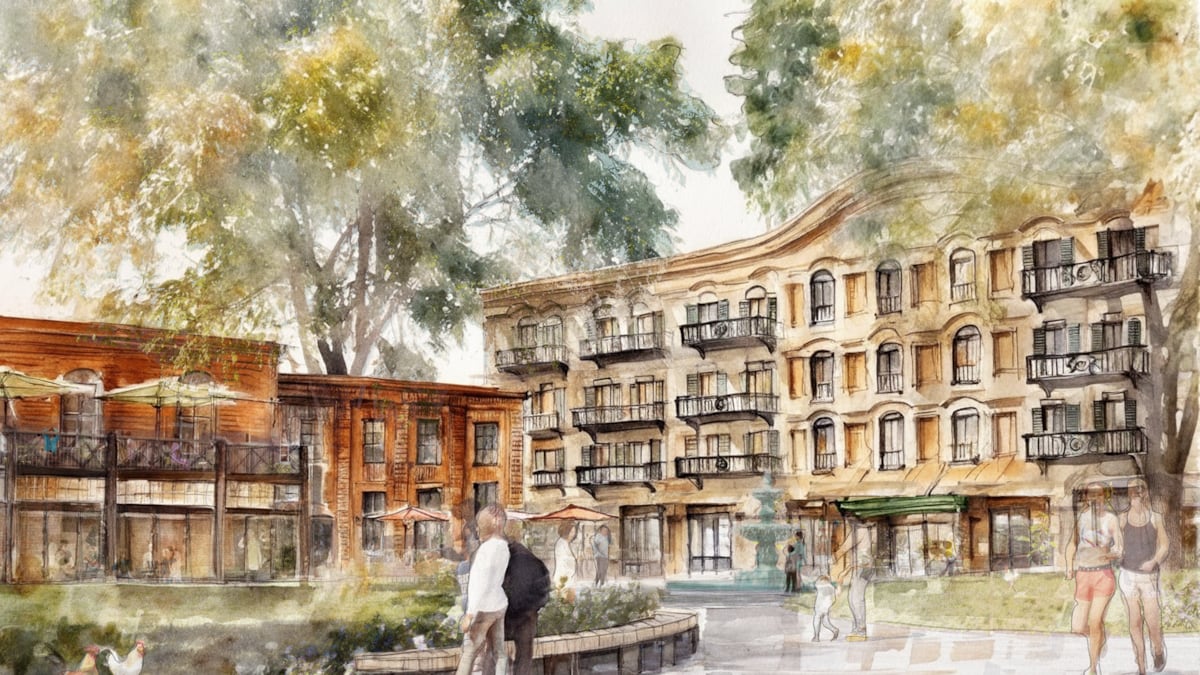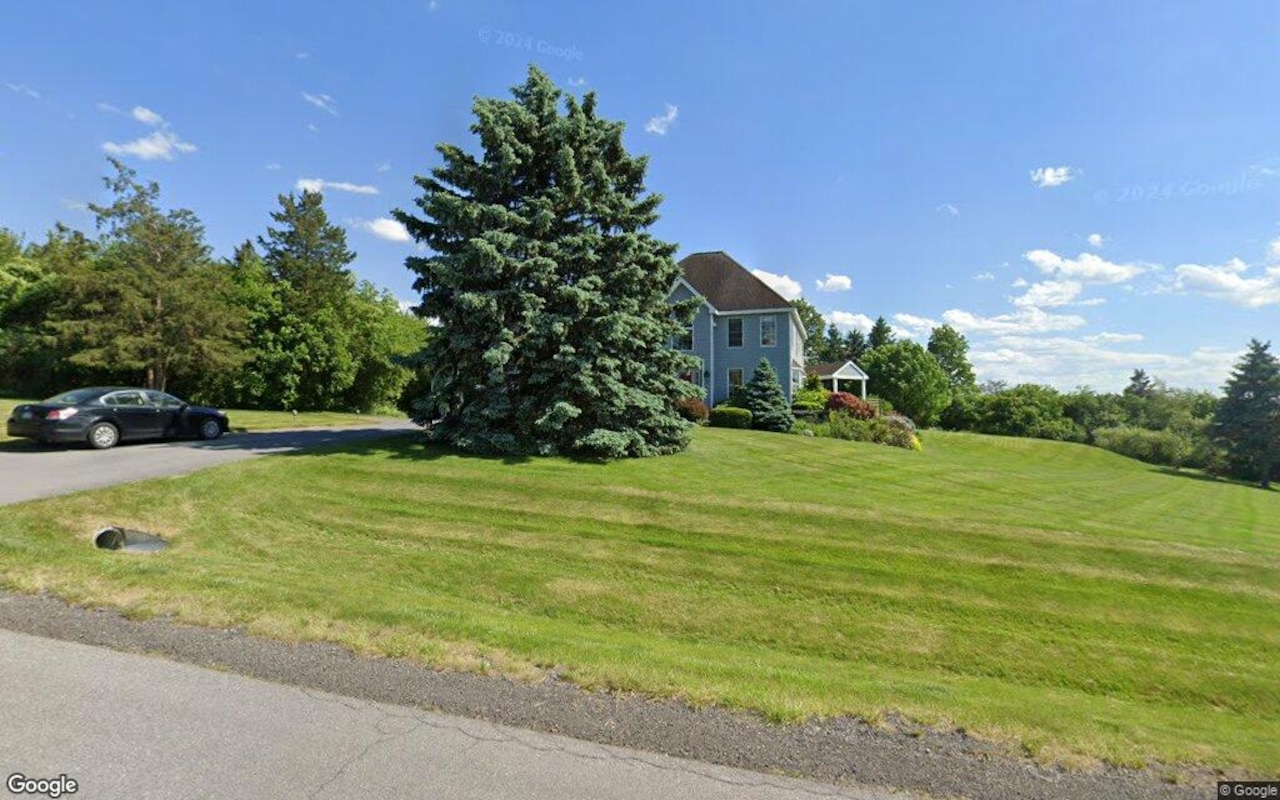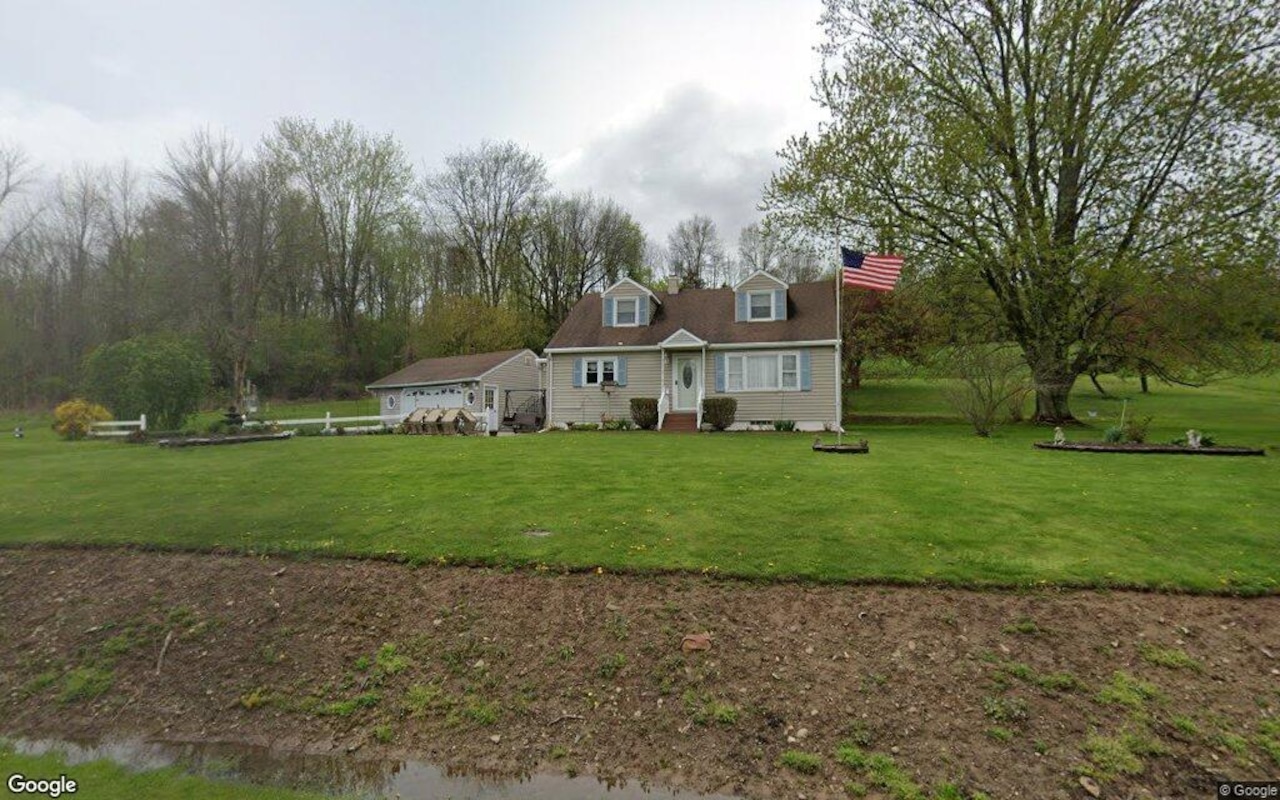N
YC’s real‑estate rhythm isn’t a single beat.
After mining more than 15 years of contract data from Manhattan and Brooklyn—broken down by neighborhood, building type, and price bracket—we discovered that seasonality shifts dramatically even within the same borough.
### The General Pattern
Spring, when daylight lengthens and the chill recedes, triggers a surge in open houses. The conventional wisdom that “spring is the best time to sell” holds on average: deal flow climbs in the first half of the year, peaks late spring, dips after Memorial Day as vacation season kicks in, and then climbs again in September when the air cools. Yet, if you base your strategy solely on this broad trend, you may miss the precise window that matters for your specific market.
### Downtown Manhattan: Condos vs. Co‑ops
Take Downtown Manhattan (below 14th St). Co‑op activity peaks around May, but condos hit their stride earlier—March is the high point, and activity wanes by late spring. The condo curve is steeper and front‑loaded, likely tied to Wall Street’s bonus cycle, while co‑ops spread out more gradually and even see a secondary bump in the fall. Listing a Downtown condo in May would mean you’re already past its peak.
To compare submarkets, we normalized monthly contract counts to a –1 to +1 scale centered at zero. This lets us see relative highs and lows regardless of total volume.
### Brooklyn vs. Manhattan: Borough‑Wide Differences
At the borough level, Brooklyn and Manhattan start similarly, both peaking around March–April. As summer approaches, Brooklyn’s activity drops faster than Manhattan’s, only to rebound in August while Manhattan slows. In the fall, Brooklyn’s volume rises again, approaching the strength of late‑spring peaks. Thus, the optimal buying or selling window can shift by months depending on the borough alone.
### Luxury Condos: Downtown vs. Upper East Side
Even within Manhattan, high‑end condos behave differently. Downtown luxury units surge early—March is the peak—then decline sharply. The same price tier on the Upper East Side climbs steadily into May–June and remains active through summer. Sellers in Downtown should aim for March; Upper East Side sellers may find May more advantageous. Buyers, conversely, face the most competition during the months when inventory is highest.
### Brownstone West: Condos vs. Townhouses
In Brownstone West (Boerum Hill, Brooklyn Heights, Carroll Gardens, Cobble Hill, Downtown Brooklyn, Dumbo), condos peak in March, while townhouses—targeting buyers who need more space—show strongest activity from May to July. The two product types serve distinct buyer profiles, and their seasonal patterns reflect those preferences.
### Practical Takeaways
**For Sellers**
Don’t default to “list in spring.” Examine the seasonal curve for your exact property type, neighborhood, and price point. Your optimal month could be March, July, or somewhere in between, depending on the factors above.
**For Buyers**
Align your search with the specific seasonal cycle of the property you want. Broad market trends can mislead you into missing opportunities or facing stiff competition.
**Key Questions to Answer**
- What is the seasonal curve for my neighborhood?
- Does it shift by property type or price tier?
- When do comparable listings receive the most activity?
The more granular the insight, the better you can time your move. In NYC real estate, knowing the precise rhythm is half the battle.
